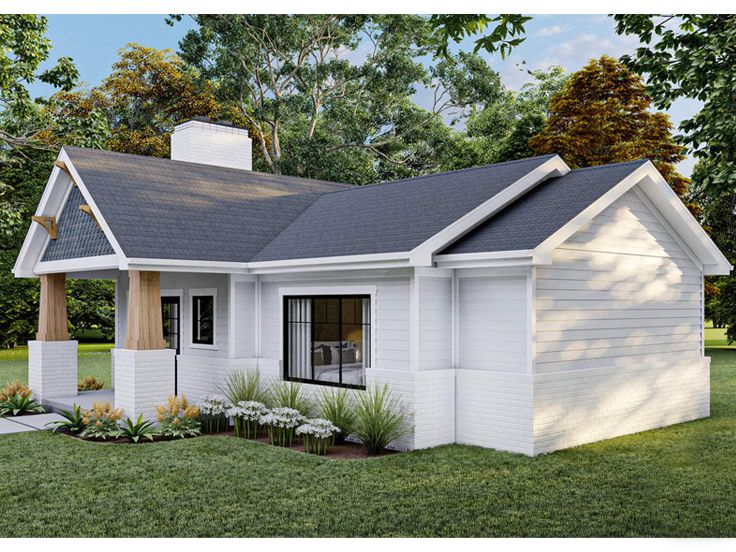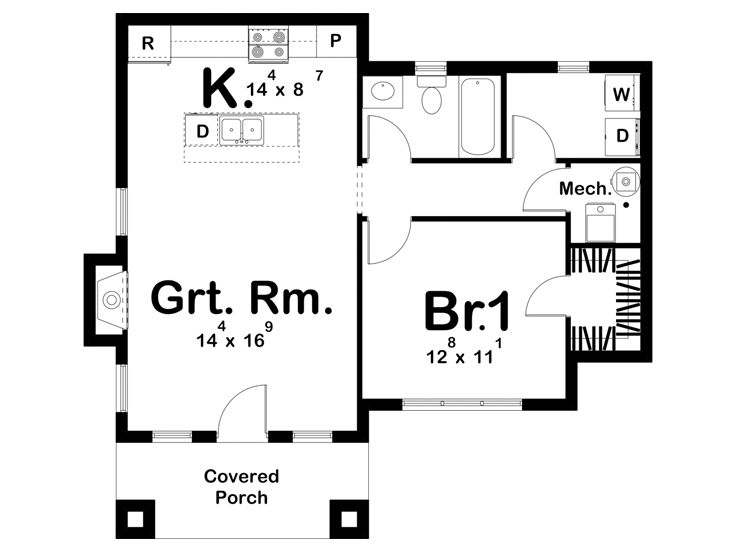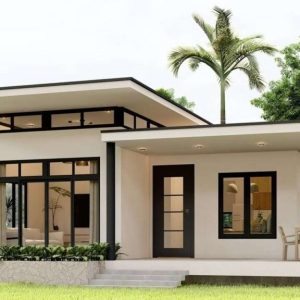
In today’s world, the concepts of minimalist lifestyle and sustainability are becoming increasingly important. One of the pioneers of these trends is the tiny house movement. Tiny houses designed for those who care about convenience and comfort are one of the best examples of this trend. Offering the opportunity to be in touch with nature and all the comforts of modern life, these houses offer a big life in small spaces.
One of the biggest advantages of tiny houses is that they consume less energy and are environmentally friendly, thanks to their compact structure. Unlike traditional homes, small homes use less water, electricity, and other resources. This provides a great advantage in terms of environmental awareness and economic sense. Additionally, living in small spaces helps us live a simple and peaceful life by reducing our belongings.

Designed for those who value comfort, the interior design of a tiny house has been thought out to meet all the user’s needs. Ergonomic furniture, multifunctional spaces, and smart storage solutions are essential for such homes. For example, a bedroom can also be a work area or a living room. Furniture’s multiple functions allow for saving space and using living space more efficiently.

However, comfort and aesthetics are also at the forefront of these tiny houses. Floors made of natural materials, large windows, and plenty of natural light make the interior feel spacious and inviting. Modern and stylish designs are combined with a minimalist aesthetic approach, creating a peaceful atmosphere that does not tire the eyes. In addition, these houses equipped with smart home technologies improve the quality of life while saving energy.

Another important feature of tiny houses designed for those who care about comfort is their portability. These houses are usually built on a wheeled platform and can be easily moved when desired. This offers great freedom to its users. You can live wherever you want, by the sea or in the foothills of the mountains. This mobility is ideal for both adventurers with a desire to explore new places and professionals who want to adapt to ever-changing working conditions.

One of the reasons why tiny houses are so popular is their economic advantages. Unlike large and expensive houses, the construction costs of tiny houses are quite low. This presents an attractive option for many people who want to realize their dream of owning a home. Plus, since tiny houses usually don’t require a mortgage, they also provide the opportunity to live a debt-free life. Less debt and fewer expenses increase financial freedom and positively impact personal happiness.

Living in a tiny house also reduces our environmental footprint. Small living spaces mean less consumption and waste production. This is a great source of motivation for those who want to adopt a sustainable lifestyle. Ecological solutions such as the use of renewable energy sources, rainwater harvesting systems, and composting toilets are common in tiny houses. Such practices support an environmentally friendly lifestyle while minimizing our impact on nature.

The social and psychological benefits of tiny house living should not be ignored. Living in a small space allows people to be content with fewer items and avoid unnecessary consumption. This encourages people to live a more meaningful and fulfilling life by reducing dependence on material things. Additionally, living in a tiny house can help establish closer relationships between family members. Limited space promotes greater interaction and time spent together, contributing to the formation of strong bonds.





